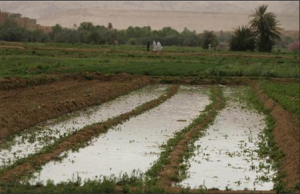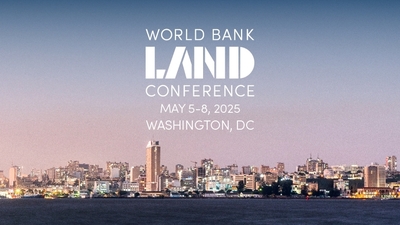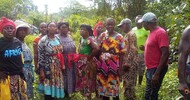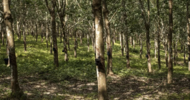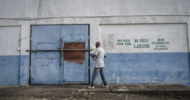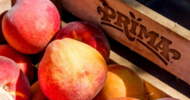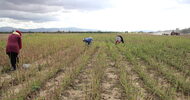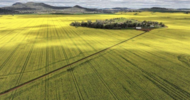Reuters | 15 April 2010
RABAT - Morocco is inviting bids from foreign and domestic investors to lease 21,000 hectares of farmland as part of its farm reform plans, the chief executive officer of the government-run Farming Development Agency said.
"We have set June 25 as the closing date to receive offers by local and foreign investors. We expect to pick the winners in October this year when the new the agricultural season starts," Ahmed Hajjaji told Reuters in an interview.
The farmland open for lease comprises 57 farms of more than 100 hectares each, 136 farms of between 20 and 100 hectares and 83 samll farms of up to 20 hectares, he said later on Wednesday.
"Most of the projects in offer involve olive oil, citrus and other fruit trees farming in which Morocco has a volontarist policy to modernise agriculture," Hajjaji added in reference to the country's plan to invest more than 200 billion Moroccan Dirhams for the 2007-2020 period to upgrade its agriculture.
"These farming segments like citrus and olive oil give Morocco a high visibility in the international market and are drawing interest from foreign investors," he said.
Morocco is the main citrus-producing country in the North African region.
"We have already detected a wide and strong interest by foreign investors from Europe and the Gulf region. My teams are travelling now to meet interested investors in Spain, France, Germany and the United Kingdom. The Moroccan Green Plan has enhanced the attractiveness of Morocco to foreign investors in agriculture," Hajjaji said.
OLIVE OIL SUBSIDIES
Farmers receive 960,000 dirhams each in subsidies from the government for starting olive oil farms as part of efforts to expand olive farming.
Farming accounts for up 17 percent of the country's gross domestic product (GDP) and employs 40 percent of the total workforce.
But more than 70 percent of the farmers own just 5 hectares on average, and have few financial resources to modernise agriculture without government aid and new flow of investment.
Under its so-called Green Plan, Morocco plans to invest 200 billion dirhams, 65 billion of which will come from the three main banks Credit Agricole, Attijariwafabank and Banque Centrale Populaire in farming investment funds.
The plan also includes various subsidies from the government to encourage investors with know-how and expertise to play a role in upgrading the farming sector.
These subsidies comprise 10 percent of the total investment in a particular farming project, 40 percent more for of the costs of acquired vehicles like tractors, or an additional 30 percent of the cost of building facilities are allocated for stock breeders.
The Green Plan, which aims to increase the contribution of the faming sector to the GDP by an additional 100 billion dirhams in 2020, aims to upgrade agriculture through expanded aid to farmers and incentives to lure new investors.
Asked about the price of leasing farmland, Hajjaji said: "The most important thing for us is what investment and what contribution the investors would bring to the farms, not the money from the lease."
Industry sources said the annual lease cost would be around 2,000 dirhams per hectare.
Morocco leased 80,000 hectares in two batches in the last decade, which drew more than 13 billion dirhams, with 24 percent of the investors in the 296 farms being foreigners.
"This time, I expect the number of foreigners to bid for the new projects to be more than double of the previous bids because of the interests generated by the Green Plan among investors at home and abroad," said Hajjaji.

